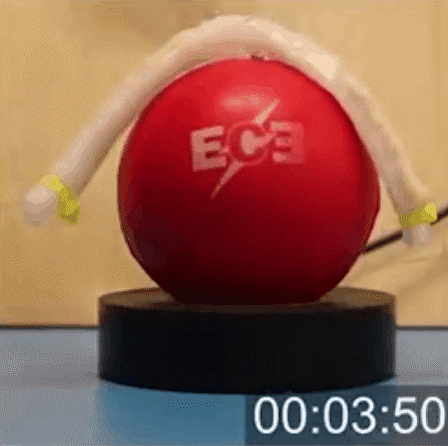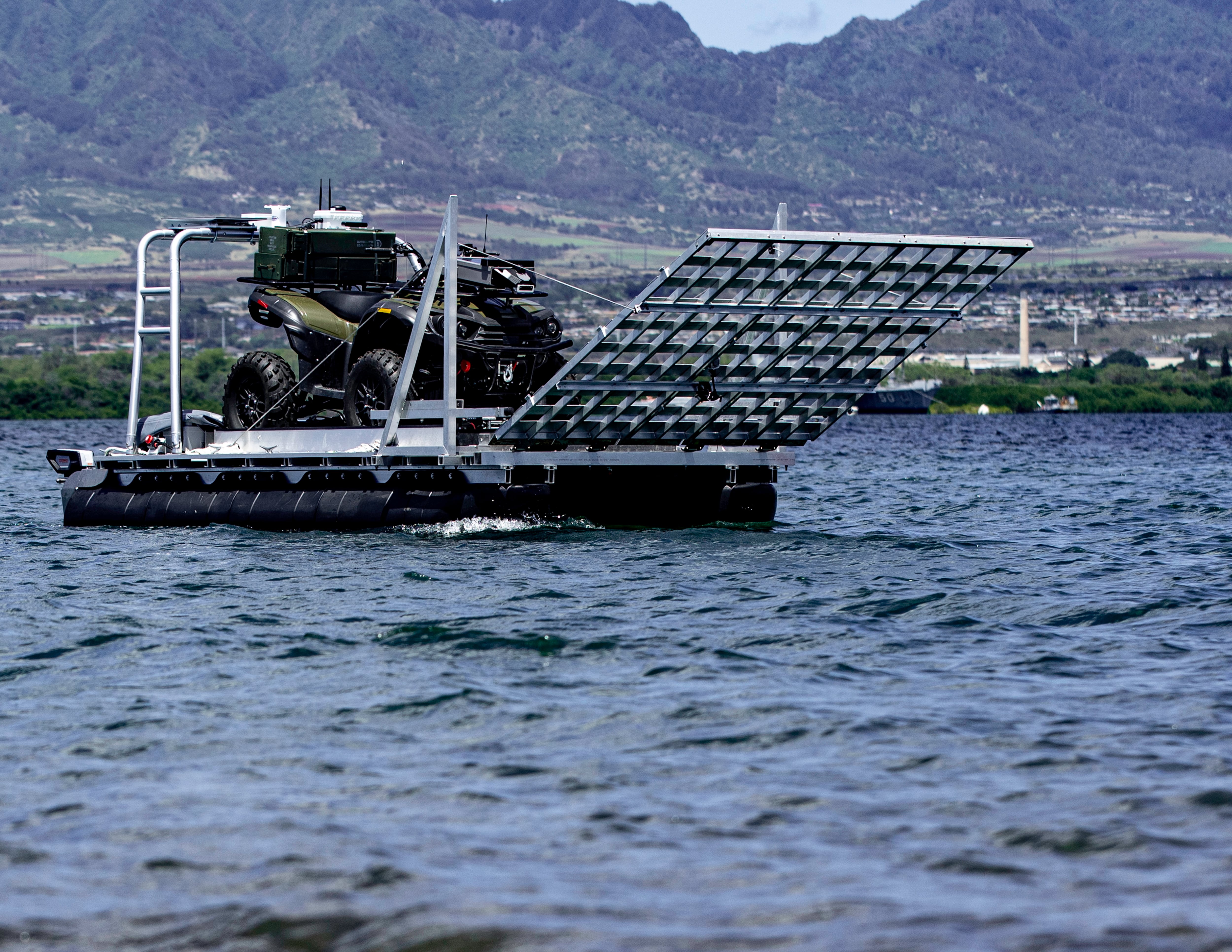What if we’ve been throwing robot parts in microwaves for years?
As agencies such as DARPA work on ways to develop biodegradable robots, “Popcorn-Driven Robotic Actuators” — a paper presented at the IEEE International Conference on Robotics and Automation in May — looks at a novel idea for a cheap, simple and single-use sort of robotic machine: a tube containing popcorn kernels that expands when heated, assuming a new shape and remaining rigid in that form.
Here’s what that looks like in practice:

What utility is there in a robot that can move exactly once? Plenty, given the low cost of the material and the simplicity of what’s needed to activate it (heat! Just heat!).
In tests, a structure containing just under 3 ounces of popcorn kernels was able to lift a weight of almost 9 pounds. That’s a lot of strength in a tiny package, and it’s easy to imagine future field mechanics getting a wheel unstuck or a rock lifted off a vehicle through the simple application of specially shaped popcorn wedges, heated to expand and lift the obstacle out of the way. And then the popcorn can be discarded in the field, where it will dissolve in the next rain or degrade and be consumed by the insects that come across it after.
As Evan Ackerman at IEEE Spectrum notes in his full report on the popcorn-driven robotic actuators:
Anywhere a grip needs to only work once, or a soft form can be filled and then rendered sturdy, there is a possibility that, of all materials, popcorn might be the tool that does it. With the cost of the material so cheap, and the products biodegradable, the idea of popcorn actuators may be novel, but the future could be ubiquitous.
Watch the actuators below:
Kelsey Atherton blogs about military technology for C4ISRNET, Fifth Domain, Defense News, and Military Times. He previously wrote for Popular Science, and also created, solicited, and edited content for a group blog on political science fiction and international security.








